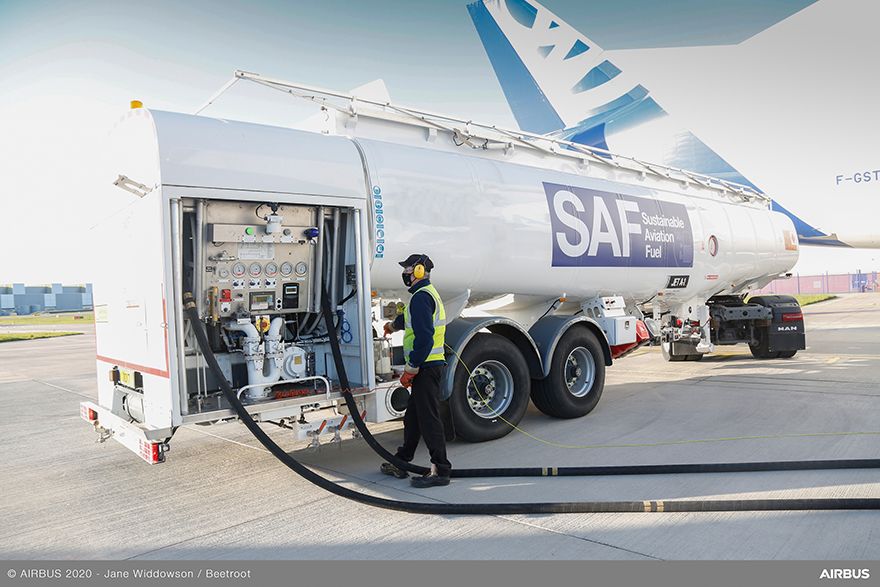 Airbus
Airbus has become a strategic partner with
DG Fuels (DGF), an emerging leader in sustainable aviation fuel (SAF). The partnership with Airbus supports DG Fuels’ goal of launching the equity process and reaching a final investment decision (FID) on building DG Fuels’ first SAF plant in the USA. The decision would be expected by early 2024. In this context, Airbus and DGF have agreed for a portion of the production of the first plant to benefit Airbus’ customers.
Airbus CEO, Guillaume Faury, said: “SAF play a crucial role in enabling aviation’s decarbonisation roadmap. We are committed to supporting all efforts that contribute to making them available at scale around the globe. The partnership with DG Fuels supports the emergence of a new technological pathway allowing for the production of SAFs from a broader range of waste and residue sources, first in the USA, with a potential for large-scale production worldwide.”
DGF’s fuel production system is based entirely on cellulosic waste products, such as wood waste from the logging industry, and renewable energy sources, such as wind and solar power. Its plant aims to have an initial production capacity of 120 million US gallons (454 million litres) of SAF per year on average, which could save approximately 1.5 million tonnes of CO
2 emissions annually from 2026.
Michael Darcy, DG Fuels chairman and CEO, said: “The DGF team is excited to have finalised this SAF partnership with Airbus and we look forward to working together to accelerate the initial SAF facility in Louisiana and the subsequent scale up at various locations in the USA and beyond.”
This project is in line with the US government-sponsored
SAF Grand Challenge, which aims to reduce costs, improve sustainability and expand domestic SAF production. This national programme aims to produce 11.3 billion litres of domestic sustainable aviation fuel per year, achieving at least a 50% reduction in lifecycle greenhouse gas (GHG) emissions compared to conventional fuel by 2030 and 100% of projected aviation fuel consumption — or 35 billion US gallons of annual production — by 2050.